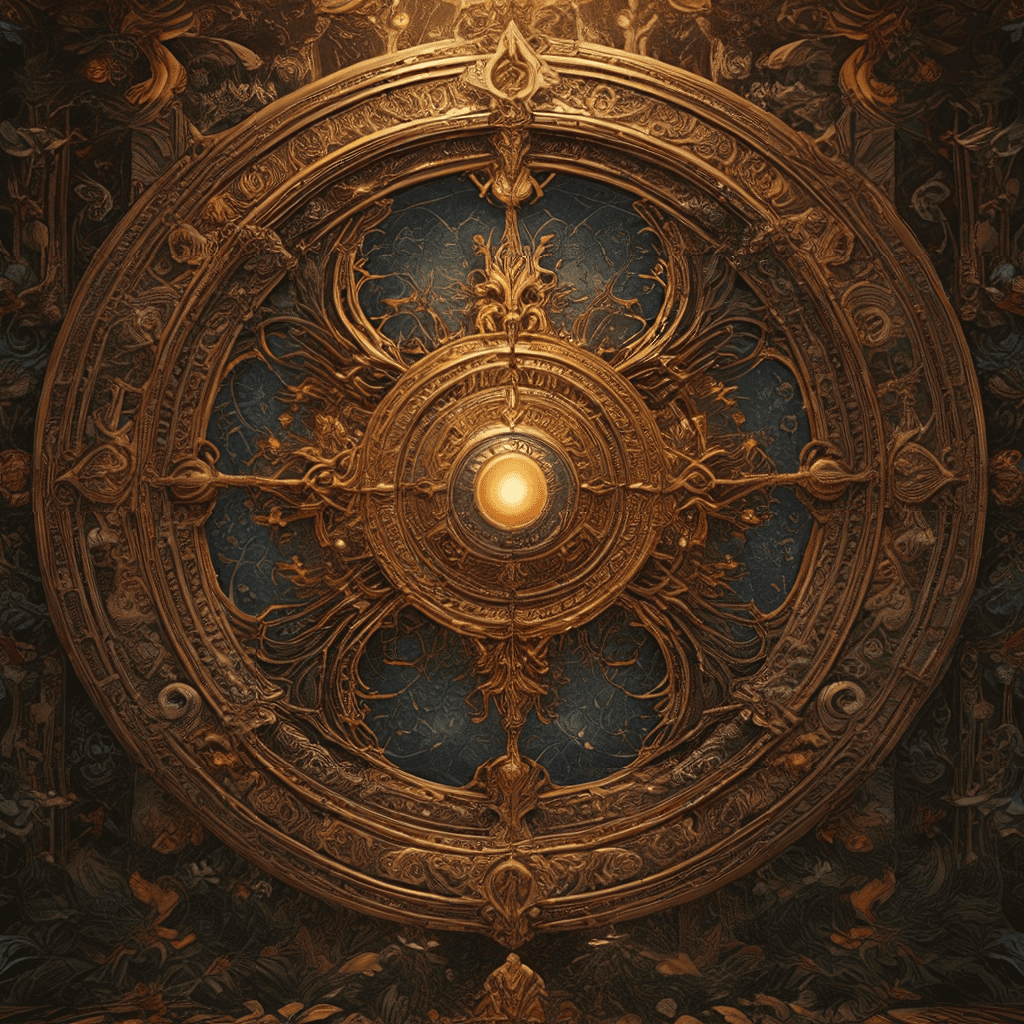The Mythological Tapestry: A Modern Interpretation of the Connection Between Cultures
1. Introduction: Weaving Threads of Myth
In the sands of time, ancient Egypt’s rich tapestry of myths and legends resonates with timeless themes that transcend cultural boundaries. From the majestic pyramids to the enigmatic hieroglyphs, Egyptian mythology offers a window into a world where gods and goddesses walked among mortals, shaping destinies and dictating the cosmic order.
The enduring power of these stories lies in their ability to connect us to a shared human experience, echoing universal concerns about creation, life, death, and the search for meaning. This essay delves into the heart of Egyptian mythology, exploring its interconnectedness with other cultures through shared archetypes, symbols, and narratives.
We will embark on a journey through the cosmos of ancient Egypt, examining how its creation myths, deities, and heroic tales mirror themes found in other cultures across the globe. By unraveling the threads of this mythological tapestry, we can gain a deeper understanding of the human condition and the profound ways in which stories shape our world.
2. The Cosmic Dance of Creation: Egyptian Cosmology and the Universal Narrative
The Egyptian creation myth tells the story of Atum, the self-created primordial god, who emerged from the primordial waters of Nun. This act of self-creation serves as a powerful metaphor for the birthing of the universe from nothingness, a theme echoed in many other cultures, from the Hindu concept of Brahma to the Judeo-Christian story of Genesis.
The concept of Ma’at, the cosmic order, is central to Egyptian mythology. This principle of balance and harmony, encompassing justice, righteousness, and truth, finds resonance in other cultures’ notions of cosmic balance and the importance of maintaining order in the world. Think of the Chinese concept of Yin and Yang, or the Greek concept of Moira, the embodiment of fate and destiny.
The Egyptian worldview also emphasizes cyclical time and rebirth, reflected in their beliefs surrounding the afterlife. The journey of the deceased to the underworld, where they are judged by Osiris, echoes the ideas of judgment and resurrection found in other cultures’ narratives about death and the afterlife, such as the Greek myths of Hades and Persephone.
3. Gods and Goddesses: Divine Archetypes and Cultural Crossroads
Egyptian deities, like Ra, Osiris, and Isis, are not merely figures of myth; they embody universal human experiences. Ra, the sun god, represents power and authority, while Osiris, the god of the underworld, embodies death and rebirth. Isis, the mother goddess, embodies nurturing, protection, and magic, reflecting the timeless archetype of the mother figure.
The complex and often contradictory attributes of these deities reflect the multifaceted nature of the human experience. They represent both the light and dark sides of our nature, the aspirations and flaws that make us human. The Egyptian gods’ journeys, struggles, and victories offer insights into the human condition that resonate across cultures.
The influence of Egyptian mythology is evident in art and symbolism across the globe. The winged sun disk, a symbol of Ra, finds its echoes in the imagery of the sun god Apollo in Greek mythology. Similarly, the image of the Sphinx, with its lion’s body and human head, has inspired countless artistic representations of wisdom, strength, and mystery.
4. The Hero’s Journey: From Osiris to Odysseus
The Egyptian myth of Osiris, his death, and resurrection, serves as a prime example of the archetypal hero’s journey. This narrative, with its themes of betrayal, death, and ultimate triumph, mirrors the journeys of heroes across cultures, from the Greek hero Hercules to the Roman Aeneas.
The hero’s journey, as described by Joseph Campbell, involves a series of trials, challenges, and transformations that lead to the hero’s ultimate redemption or enlightenment. Osiris’s journey, with its themes of death and resurrection, highlights the universal human desire for transformation and the overcoming of obstacles.
The stories of Odysseus in Greek mythology, Beowulf in Anglo-Saxon literature, and Siddhartha Gautama in Buddhist tradition, all share common threads with Osiris’s narrative. They all embody the hero’s journey, a quest for self-discovery, meaning, and purpose that transcends cultural boundaries.
5. The Power of Symbolism: From Pyramids to Zodiac Signs
Egyptian symbols, such as the scarab beetle, the ankh, and the pyramid, hold deep significance that extends beyond their cultural origins. The scarab beetle, representing rebirth and transformation, finds parallels in the Egyptian belief in the resurrection of the soul. The ankh, symbolizing life and eternal life, connects to the universal yearning for immortality and the overcoming of death.
The pyramids, monumental tombs built for pharaohs, represent the enduring human desire for legacy and permanence. They also serve as a reminder of Egypt’s advanced knowledge of astronomy and mathematics, mirroring the universal human curiosity about the cosmos and our place within it.
The influence of Egyptian symbolism can be seen in other cultures’ use of similar symbols. The scarab beetle, with its association with rebirth, finds resonance in the ancient Egyptian concept of the cyclical nature of life, death, and rebirth. This concept is reflected in other cultures’ beliefs about reincarnation, such as those found in Hinduism and Buddhism.



